Optimal Timing for Duck Removals
Understanding the optimal timing for duck removals is essential for effective management. Ducks are most active during specific seasons, which influences the best periods for intervention. Timing can impact the success rate of removal efforts and help prevent future issues.
Spring is a key time when many duck species migrate, making it an ideal window for removal before nesting begins.
Duck breeding typically occurs in late spring to early summer. Removing ducks before nesting can reduce population buildup.
Autumn sees ducks returning to wintering grounds. Timing removals before migration can prevent overcrowding.
Late winter and late summer are generally less active for ducks, making these periods less suitable for removals.
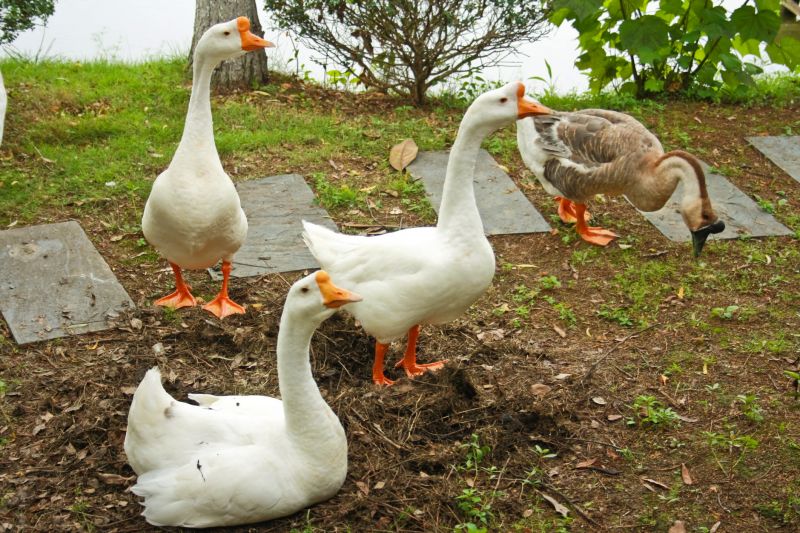
Ducks migrating during spring, preparing for nesting.
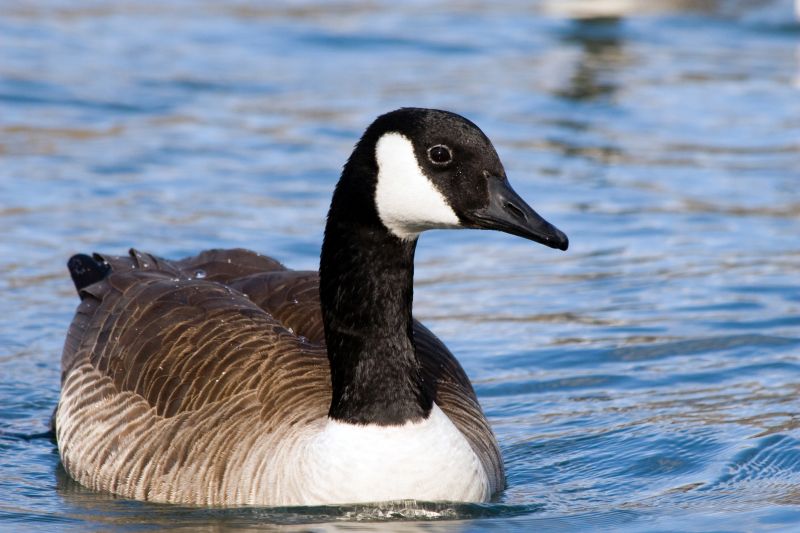
Ducks nesting in early summer, highlighting the importance of timing.

Ducks returning south during autumn migration.
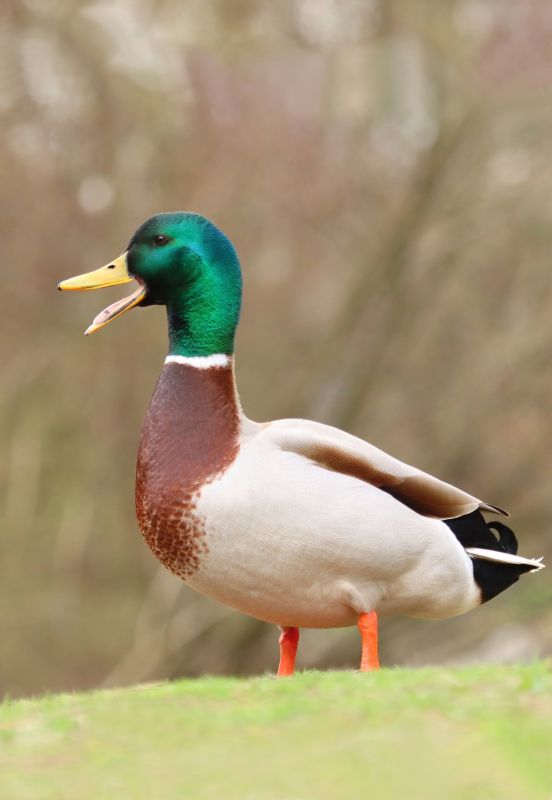
Less activity among ducks in late winter.
Duck removals are most effective when timed around their natural migration and breeding cycles. Early intervention during migration periods can prevent population buildup, while avoiding the breeding season minimizes disturbance to nesting sites. Proper timing ensures minimal disruption and better results.

Ducks migrating during peak seasons.
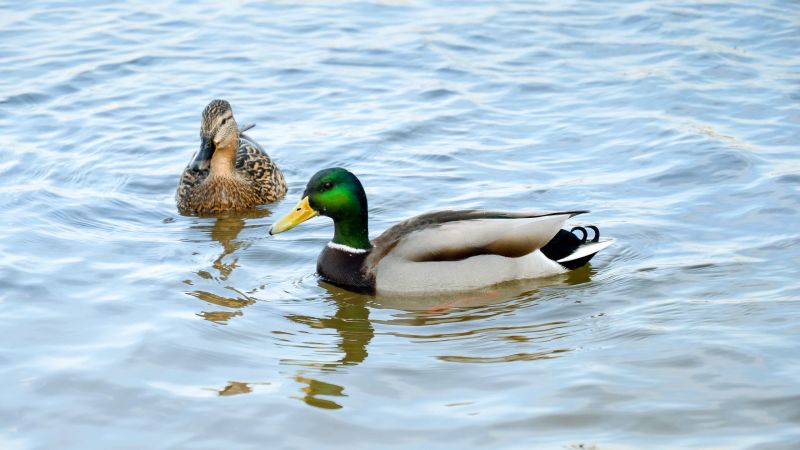
Ducks nesting in natural habitats.

Ducks gathering before migration.
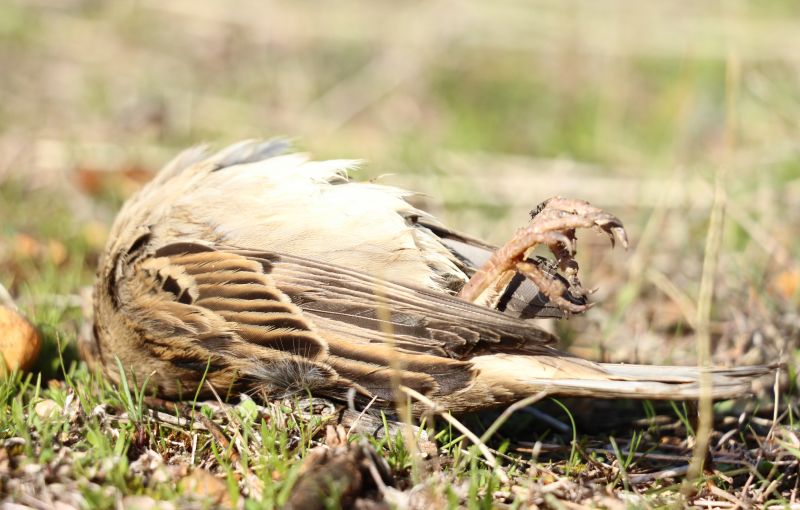
Weather conditions affecting duck activity.

Popular materials for Duck Removals and why they hold up over time.

Simple add-ons that improve Duck Removals without blowing the budget.
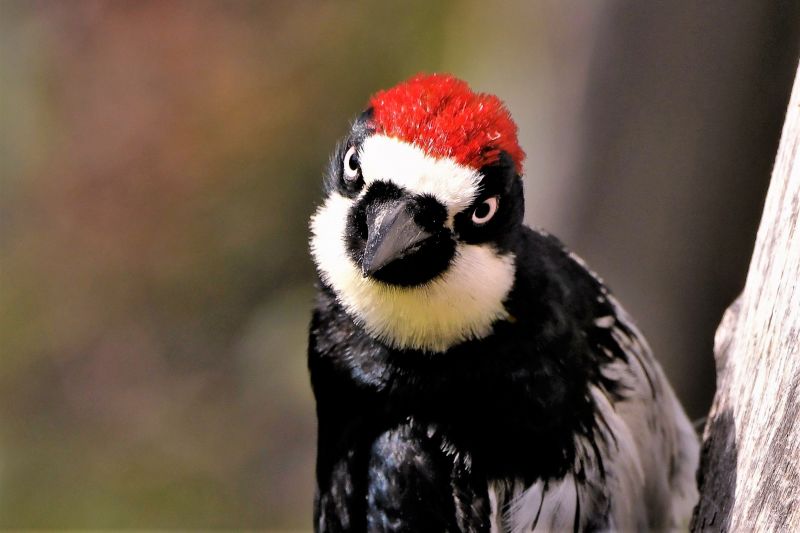
High-end options that actually feel worth it for Duck Removals.
| Season | Optimal Timing |
|---|---|
| Spring | Migration and pre-nesting periods |
| Early Summer | Before nesting begins |
| Autumn | Migration back to wintering grounds |
| Late Winter | Less active, less suitable |
| Late Summer | Post-breeding, pre-migration |
Timing for duck removals should consider local migration patterns and weather conditions. Engaging during periods of high activity can lead to more successful management. Avoiding peak breeding seasons helps minimize ecological disturbance and promotes humane practices.

Ducks migrating during spring.
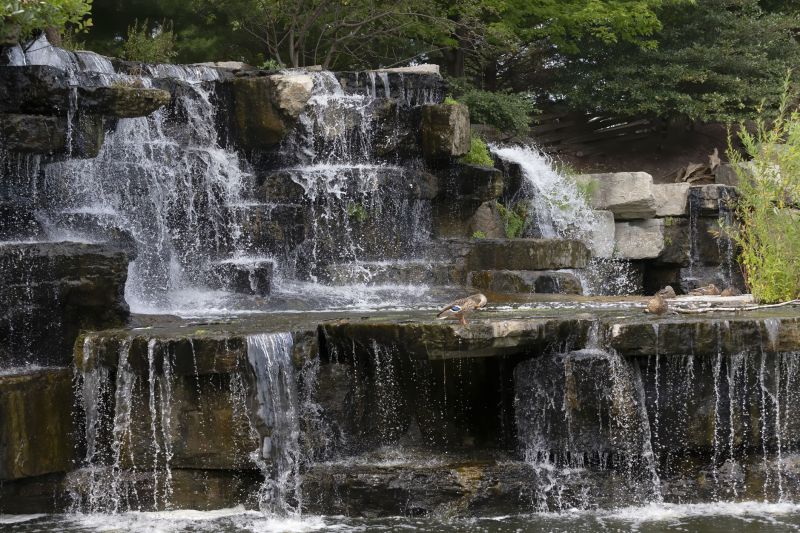
Ducks nesting in natural habitats.
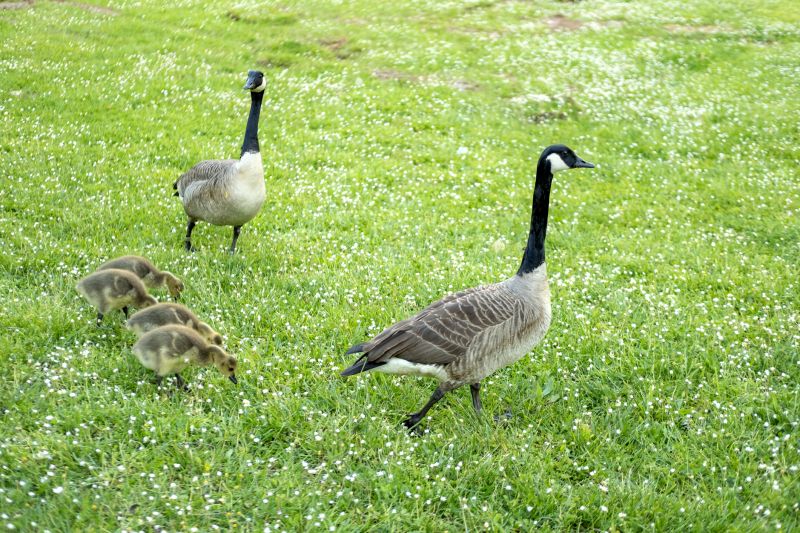
Ducks returning south for winter.
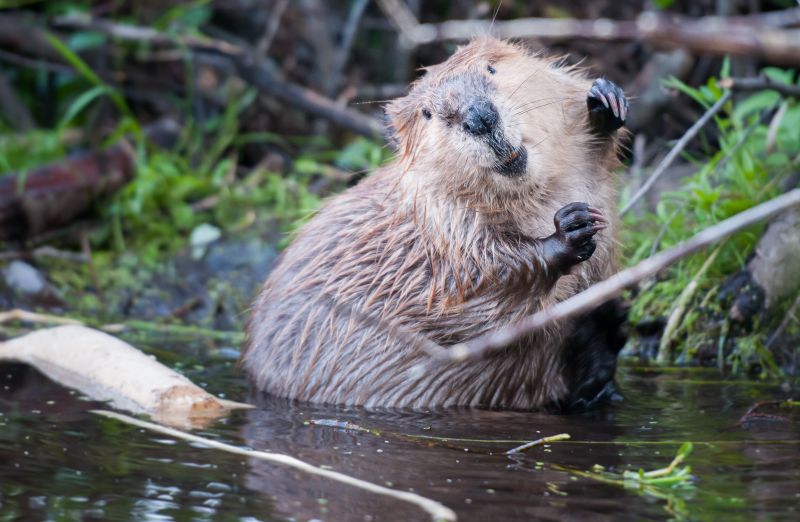
Weather influences duck activity levels.
For optimal results, timing should align with local duck behaviors and environmental conditions. Planning removals during migration peaks and avoiding breeding seasons ensures humane and effective management.
Interested in scheduling duck removals? Fill out the contact form to receive more information and assistance tailored to specific needs.



